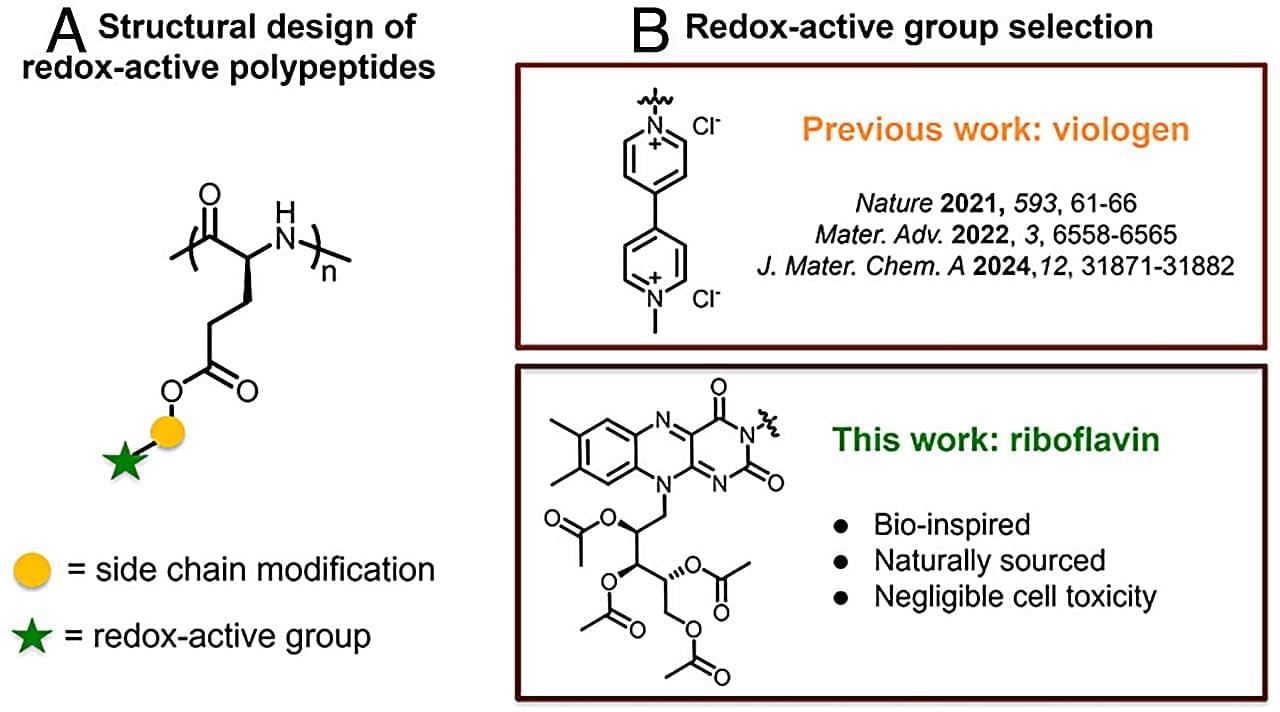WireTap attack lets researchers bypass Intel SGX on DDR4, extracting keys and breaking enclave security.




Donate to the Rejuvenation Science Institute:https://www.rejuvenescimento.org/donationIn this video, Nina Torres Zanvettor, vice-president of the Rejuvenatio…

What if the next battery you buy was made from the same kinds of ingredients found in your body? That’s the idea behind a breakthrough battery material made from natural, biodegradable components. It’s so natural, it could even be consumed as food.
A team of researchers at Texas A&M University, including Distinguished Professor of Chemistry Dr. Karen Wooley and Professor of Chemical Engineering Dr. Jodie Lutkenhaus, has developed a biodegradable battery using natural polymers. The findings are published in the Proceedings of the National Academy of Sciences.
Wooley’s research group in the College of Arts and Sciences has spent the past 15 years shifting toward natural products for the construction of sustainable and degradable plastics materials. Lutkenhaus, associate dean for research in the College of Engineering, has been using organic materials to design a better battery. She suggested collaboration to combine Wooley’s naturally sourced polymers with her battery expertise.
We also discuss some of the lesser known options for augmentation and explore the notion of man-machine integration.
Join this channel to get access to perks:
/ @isaacarthursfia.
Visit our Website: http://www.isaacarthur.net.
Join the Facebook Group: / 1583992725237264
Support the Channel on Patreon: / isaacarthur.
Visit the sub-reddit: / isaacarthur.
Listen or Download the audio of this episode from Soundcloud: / cyborgs.
Cover Art by Jakub Grygier: https://www.artstation.com/artist/jak… by: Dexter Britain “Seeing the Future” Lombus “Hydrogen Sonata” Sergey Cheremisinov “Labyrinth” Kai Engel “Endless Story about Sun and Moon” Frank Dorittke “Morninglight” Koalips “Kvazar” Kevin MacLeod “Spacial Winds” Lombus “Amino” Brandow Liew “Into the Storm”
Music by:
Dexter Britain.
\


In a discovery that bridges a century of physics, scientists have observed a phenomenon, once thought to be the domain of inorganic metal oxides, thriving within a glowing organic semiconductor molecule. This work, led by the University of Cambridge, reveals a powerful new mechanism for harvesting light and turning it into electricity. This could redefine the future of solar energy and electronics, and lead to lighter, cheaper, and simpler solar panels made from a single material.
The research focuses on a spin-radical organic semiconductor molecule called P3TTM. At its center sits a single, unpaired electron, giving it unique magnetic and electronic properties. This work arises from a collaboration between the synthetic chemistry team of Professor Hugo Bronstein in the Yusuf Hamied Department of Chemistry and the semiconductor physics team led by Professor Sir Richard Friend in the Department of Physics. They have developed this class of molecules to give very efficient luminescence, as exploited in organic LEDs.
However, the study, published in Nature Materials, reveals their hidden talent: When brought into close contact, their unpaired electrons interact in a manner strikingly similar to a Mott-Hubbard insulator.

TSMC is also exploring the possibility of applying similar dynamic energy control mechanisms to other lithography equipment, including DUV scanners, as well as additional modules outside the lithography sector.
While TSMC did not reveal what, exactly, its EUV Dynamic Energy Saving Program involves, that it is applicable to DUV systems and other machinery means that it does not exploit EUV-specific peculiarities. For example, the program could implement adaptive power scaling based on real-time operational status. If wafers are not queued for immediate processing, the EUV tool could intelligently pause or shift to a low-power state rather than continuously consume full power. Such an approach would require real-time data exchange across the cleanroom as well as optimizations on process/production flow levels (though, we are speculating).
TSMC has been increasing the power efficiency of its EUV fab tools — which are notorious for their power consumption — for years, now. In mid-2024, the company announced that it had though without disclosing what exactly had been done…
